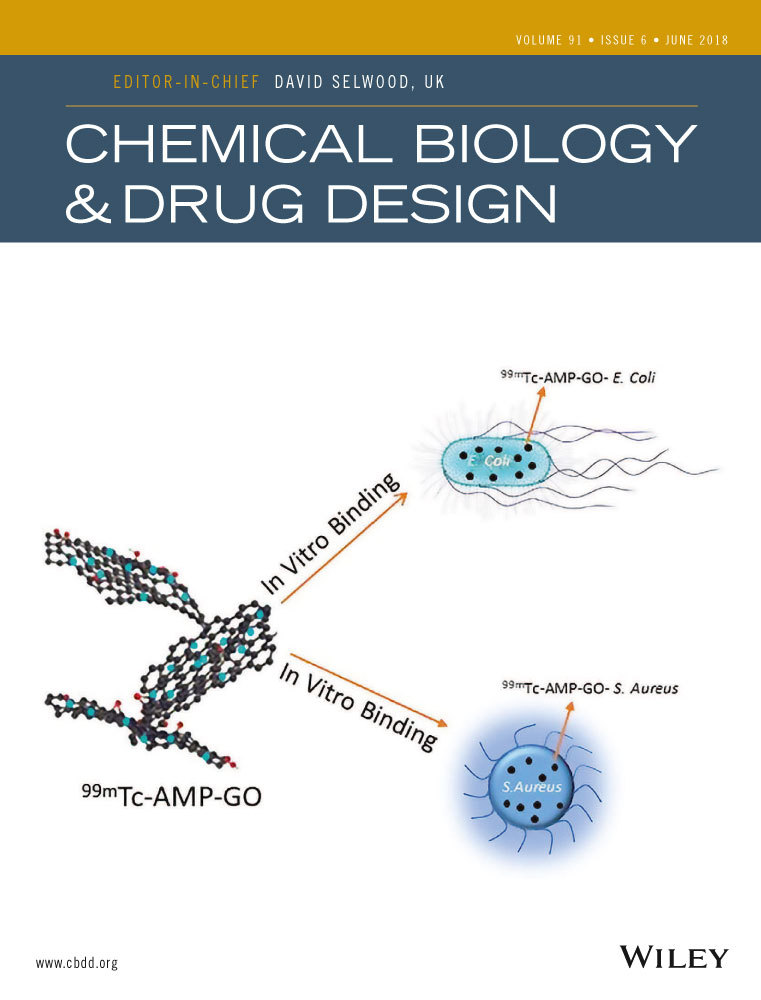
“Targeting peripheral CB1R is desirable for the treatment of metabolic syndromes without adverse neuropsychiatric effects.
We previously reported a human hCB1b isoform that is selectively enriched in pancreatic beta-cells and hepatocytes, providing a potential peripheral therapeutic hCB1R target. It is unknown whether there are peripherally enriched mouse and rat CB1R (mCB1 and rCB1, respectively) isoforms.
In this study, we found no evidence of peripherally enriched rodent CB1 isoforms; however, some mCB1R isoforms are absent in peripheral tissues. We show that the mouse Cnr1 gene contains six exons that are transcribed from a single promoter. We found that mCB1A is a spliced variant of extended exon 1 and protein-coding exon 6; mCB1B is a novel spliced variant containing unspliced exon 1, intron 1, and exon 2, which is then spliced to exon 6; and mCB1C is a spliced variant including all 6 exons.
Using RNAscope in situ hybridization, we show that the isoforms mCB1A and mCB1B are expressed at a cellular level and colocalized in GABAergic neurons in the hippocampus and cortex. RT-qPCR reveals that mCB1A and mCB1B are enriched in the brain, while mCB1B is not expressed in the pancreas or the liver. Rat rCB1R isoforms are differentially expressed in primary cultured neurons, astrocytes, and microglia.
We also investigated modulation of Cnr1 expression by insulin in vivo and carried out in silico modeling of CB1R with JD5037, a peripherally restricted CB1R inverse agonist, using the published crystal structure of hCB1R.
The results provide models for future CB1R peripheral targeting.”









